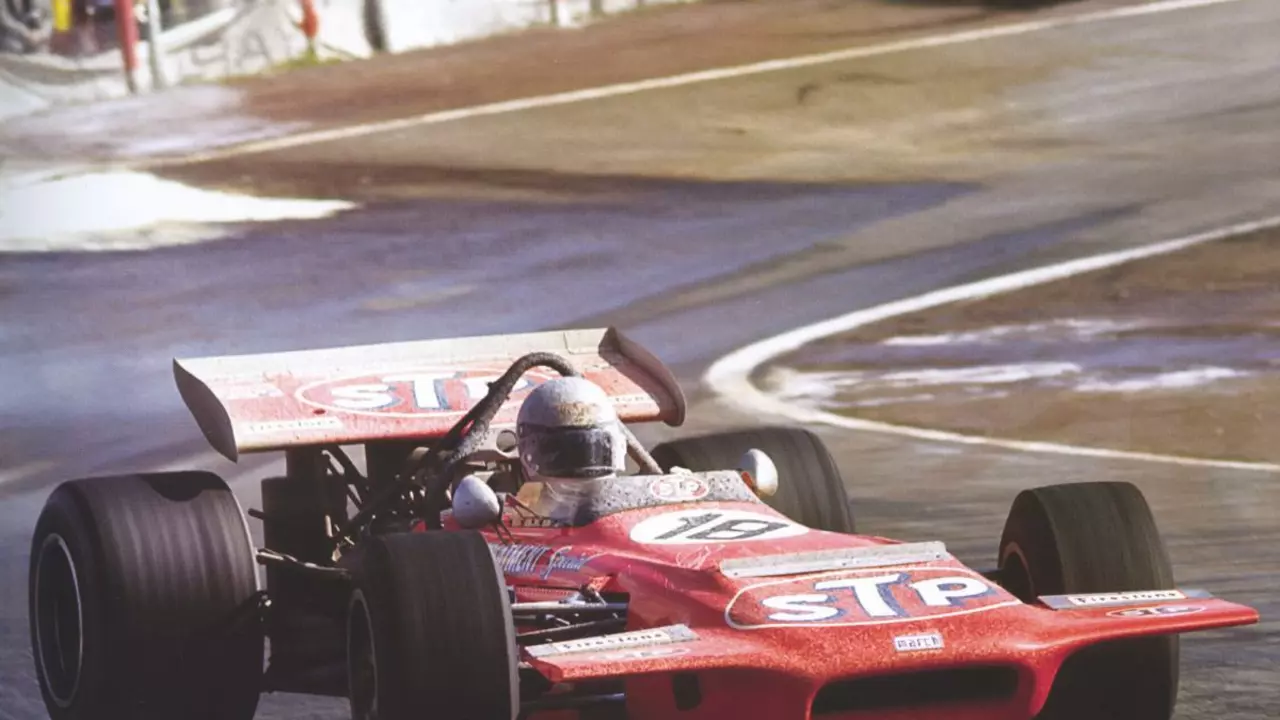Motorsport Comparison: Safety, Speed and Fan Appeal
When you talk about motorsport, most people think of fast cars, loud engines and cheering crowds. But not all racing series are the same. Some put a bigger focus on safety, others chase the highest top‑speed, and the fan culture can change dramatically from one series to another. Below you’ll find a quick, down‑to‑earth look at the biggest differences that matter to riders, drivers and fans.
Safety and Risk Factors
Safety rules differ a lot between disciplines. In Formula 1 and IndyCar, the cars are built around a carbon‑fiber monocoque that can survive huge impacts. Drivers also wear the latest head‑and‑neck‑support (HANS) devices and full‑face helmets that meet FIA standards. Open‑wheel racing does have its own risks – those wheels can go airborne – but the safety tech keeps the fatality rate low.
NASCAR, on the other hand, uses heavier stock‑car frames and a steel roll cage. The cars sit lower to the ground, which changes how they react in a crash. NASCAR drivers still wear HANS and fire‑proof suits, but the sheer size of the cars means the crash dynamics feel different. A lot of fans think NASCAR is more dangerous because the cars run side‑by‑side and wrecks happen often, but overall injury numbers are comparable thanks to strict safety inspections.
If you’re looking at two‑wheel motorsport, modern sport‑bike helmets have done wonders for rider safety. Full‑face helmets with multi‑density foam protect against both impact and abrasion. Helmets that meet ECE or Snell standards are a must, no matter whether you’re on a track or a street ride.
Speed, Technology and Fan Culture
Speed is the headline act in every series, but the way it’s achieved varies. F1 cars can top 220 mph on a straight thanks to hybrid power units and sophisticated aerodynamics. IndyCar hits about 240 mph on the Indianapolis oval, using a simpler V6 engine that still pushes the envelope.
NASCAR’s top speed is lower – around 200 mph – because the cars run on larger, heavier chassis and use restrictor plates on superspeedways to keep the cars from getting too fast. The trade‑off is a close‑quarters racing style that many fans love because every lap feels like a battle.
Fans also differ in how they connect with the sport. F1 has a global following, with races on five continents and a strong presence on streaming platforms. The sport’s glamour and technology draw in viewers who love the high‑tech appeal. NASCAR is deeply rooted in American culture, especially in the South, where race weekends feel like a family gathering with tailgate food and country music. IndyCar sits somewhere in between, attracting fans who enjoy a mix of street circuits and traditional ovals.
Understanding these differences helps you pick the right series to follow or even to try out yourself. Whether you care most about the cutting‑edge tech in F1, the raw, close racing in NASCAR, or the balance of speed and strategy in IndyCar, there’s a motorsport out there that fits your taste.
So next time someone asks you which motorsport is best, you can answer with a few solid points about safety, speed and fan vibe – and maybe even convince them to watch a race they’ve never considered before.
While it might seem like an F1 car would dominate an IndyCar race due to its superior speed and technological advancements, it's not that simple. The two series have different rules, circuits, and car designs, which play a major role in the outcome. F1 cars excel in high-speed corners but may struggle on the oval tracks that IndyCar often uses. Moreover, the heavier weight of an IndyCar could prove advantageous in certain conditions. So, while an F1 car might have an edge in some aspects, it's not a clear-cut victory in an IndyCar race.
